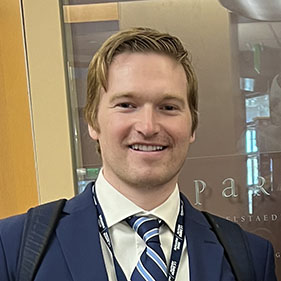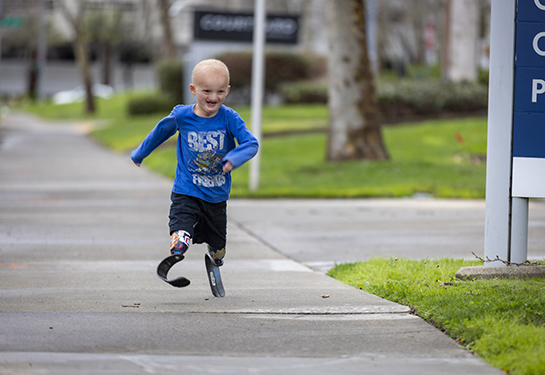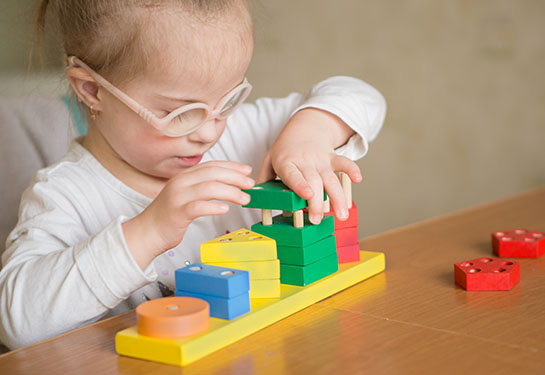Self-harm and autism: Hunting for clues about the challenging behavior
Autism Science Foundation grant allows researcher to study the brain mechanisms behind self-injury in profound autism
Joseph Boyle is on a mission to understand one of the more challenging aspects of autism: behavior that causes self-harm. A doctoral student in developmental and quantitative psychology at UC Davis, Boyle is looking for markers in the brain that may be related to this type of behavior in autistic individuals. The work is funded by a predoctoral fellowship from the Autism Science Foundation.
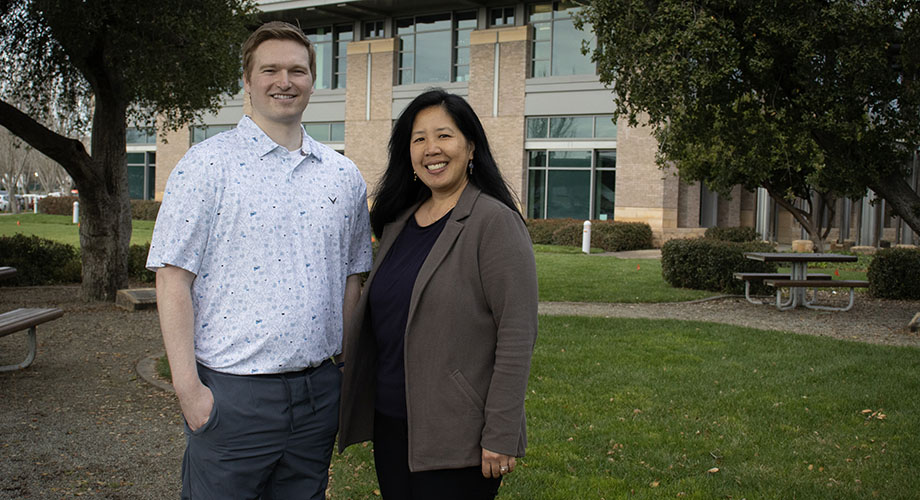
Boyle’s interest in the topic began when he was an undergraduate. He worked as a caregiver to a young non-speaking autistic boy who had difficulty communicating his needs to parents and teachers.
“A lot of the time he was trying to communicate that he was sick, or he wasn’t feeling well, or something was causing extreme discomfort. When those needs weren’t met, I often saw the onset of self-injury,” Boyle explained. “I witnessed how much of an impact it had on the whole family every day, and realized what a critical, underexplored research area self-injurious behaviors were in the context of autism.”
The experience left a lasting impression.
Profound autism
Boyle now works in the lab of Professor of Psychiatry and Behavioral Sciences Christine Wu Nordahl, who directs the Autism Phenome Project at the UC Davis MIND Institute. The project, which seeks to identify autism subtypes, is one of the largest long-term studies of its kind in the world.
Boyle’s work centers on children with profound autism. A Lancet Commission report defines this as having autism with an IQ of less than 50, and often minimally speaking or non-speaking, with round-the-clock support required. Children with profound autism are more likely to engage in self-harm.
“Self-injurious behavior can include things like self-biting, hitting yourself in the head, or against a surface or object, skin picking or eye poking, and can often lead to tissue damage” Boyle said.
A 2020 study found that the prevalence of self-injury in autism was 42%. Boyle said among Autism Phenome Project participants, it’s about 74%.
If we can find potential biomarkers in the brain that may hint that one brain structure or circuitry between brain structures are more related to self-injury, then we can start narrowing in on those regions to better understand the mechanisms that lead to these challenging behaviors. Ultimately, that knowledge could possibly guide the development of therapeutics to help reduce these behaviors and give autistic children a better and more productive life.” —Joseph Boyle, doctoral student in psychology
Searching for biomarkers linked to self-harm in autism
To better understand both the biology and the severity of self-harm in children with autism, Boyle is studying brain scans from autistic and non-autistic children 2-18 years old across five timepoints.
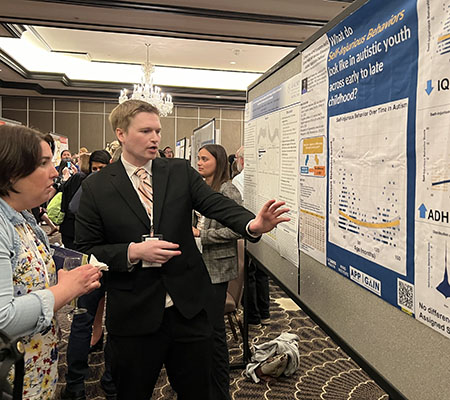
He’s looking for clues about what may be different in the brains of autistic children who engage in self-harm.
“If we can find potential biomarkers in the brain that may hint that one brain structure or circuitry between brain structures are more related to self-injury, then we can start narrowing in on those regions to better understand the mechanisms that lead to these challenging behaviors,” Boyle explained. “Ultimately, that knowledge could possibly guide the development of therapeutics to help reduce these behaviors and give autistic children a better and more productive life.”
He’s especially interested in how different brain regions “talk” to each other. “We want to look at resting states — for example, communications between regions like the amygdala, the anterior cingulate cortex and prefrontal areas.”
The Autism Phenome Project is unique in its ability to help advance this work.
“Unlike many other neuroimaging studies, our project includes a large number of participants with intellectual disability, and about one-quarter fall into the profound autism category,” Nordahl explained. “The individualized strategies and supports that we use to obtain brain scans work well for all participants in the study, including those with profound autism. It is really important to us to ensure that our study is as inclusive as possible.”
The need for this type of research is urgent, Boyle said, because self-harm can affect not only quality of life but access to many things.
“Individuals with more self-injury and more aggression get fewer opportunities for social connections, and to learn and experience language, community and more,” he said. “And that can blunt their developmental experience.”
Nordahl agreed, noting that this is an under-researched area with a great deal of potential.
“I hope that Joseph’s work will help bring attention to this often-overlooked, but important group in the autistic community,” she said.
The UC Davis MIND Institute in Sacramento, Calif. is a unique, interdisciplinary research, clinical, and education center committed to deepening scientific understanding of autism and other neurodevelopmental conditions. It is a highly collaborative center, bringing together families, researchers, clinicians, community leaders and volunteers with the common goal of developing more personalized, equitable, and scientifically proven systems of support and intervention. The institute has major research efforts in autism, fragile X syndrome, chromosome 22q11.2 deletion syndrome, attention-deficit/hyperactivity disorder (ADHD) and Down syndrome. More information about the institute and its Distinguished Lecturer Series, including previous presentations in this series, is available on the Web at https://health.ucdavis.edu/mind-institute/.

